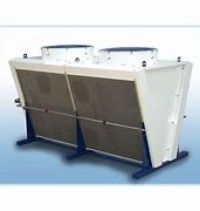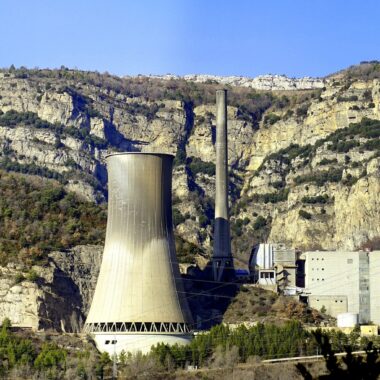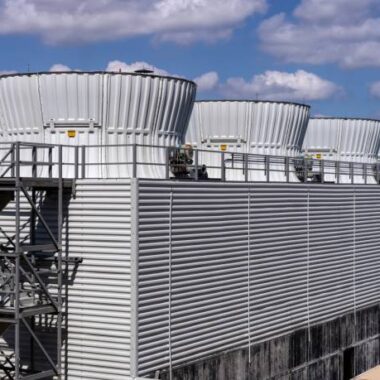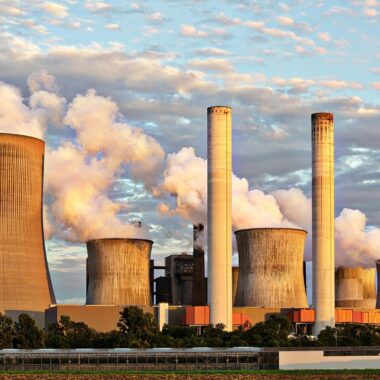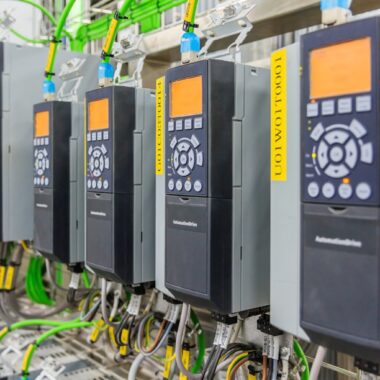Integration of Dry Cooling Towers in Renewable Energy Projects
Integration of Dry Cooling Towers in Renewable Energy Projects
Renewable energy projects, such as concentrated solar power( CSP) plants and geothermal power generation, regularly rely on cooling systems to disseminate heat and improve productivity. The integration of dry cooling towers in these projects presents an economical and water-efficient solution. Here are key aspects to explore in the integration of dry cooling towers in renewable energy projects.
Outline of Dry Cooling Technology
- Provide a presentation on dry cooling innovation, emphasizing its principle standards and how it differs from dry cooling systems commonly utilized in power plants.
Concentrated Solar Power( CSP) Plants
- Explore the application of dry cooling towers in CSP plants, where mirrors focus daylight to produce high-temperature heat for power generation.
Geothermal Power Generation
- Look at the utilization of dry cooling towers in geothermal power plants, where heat from the earth’s insides is converted into power.
Water Scarcity Challenges in Renewable Energy
- Examine the natural and economic effects of water scarcity in locales where renewable energy projects are executed, emphasizing the need for water-efficient cooling solutions.
Advantages of Dry Cooling Towers in Renewable Energy
- Highlight the benefits of dry cooling towers, including reduced water utilization, minimized natural impact, and expanded productivity in power generation.
Economic Considerations
- Analyze the economic feasibility and cost-effectiveness of joining dry cooling towers into renewable energy projects, considering components like installation costs and long-term operational savings.
Execution Optimization
- Explore techniques to optimize the execution of dry cooling towers in renewable energy applications, considering variables such as surrounding temperature, heat exchange efficiency, and system design.
Challenges and Solutions
- Discuss challenges related to the integration of dry cooling towers in renewable energy projects, such as potential diminishments in proficiency, and propose solutions to address these challenges.
Hybrid cooling systems
- Examine the integration of hybrid cooling systems that combine both dry and dry cooling advances to attain ideal execution in changing climatic conditions.
Environmental Impact Evaluation
- Conduct an environmental impact assessment comparing the use of dry cooling towers with elective cooling strategies in renewable energy projects.
Regulatory Compliance and Guidelines
- Investigate regulatory necessities and standards related to the integration of dry cooling towers, guaranteeing compliance with environmental regulations.
Case Studies: Successful Implementations
- The display case considers successful projects where dry cooling towers have been integrated into renewable energy systems, highlighting lessons learned and best practices.
Future trends and developments
- Examine rising trends and advancements in dry cooling technology for renewable energy applications, including progressions in materials, plans, and efficiency.
Public recognition and community engagement
- Address public perception and community engagement with respect to the utilization of dry cooling towers in renewable energy projects, emphasizing positive environmental perspectives.
Lifecycle Analysis
- Conduct a lifecycle analysis of dry cooling towers in renewable energy projects, considering components such as manufacturing, establishment, operation, and decommissioning.
By delving into these viewpoints, researchers and specialists can gain a comprehensive understanding of the integration of dry cooling towers in renewable energy projects, contributing to sustainable and efficient power generation practices.
